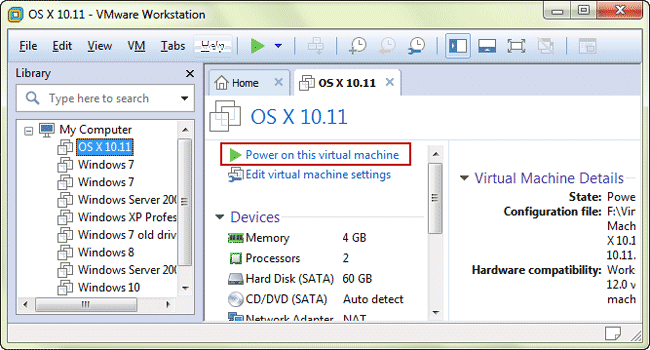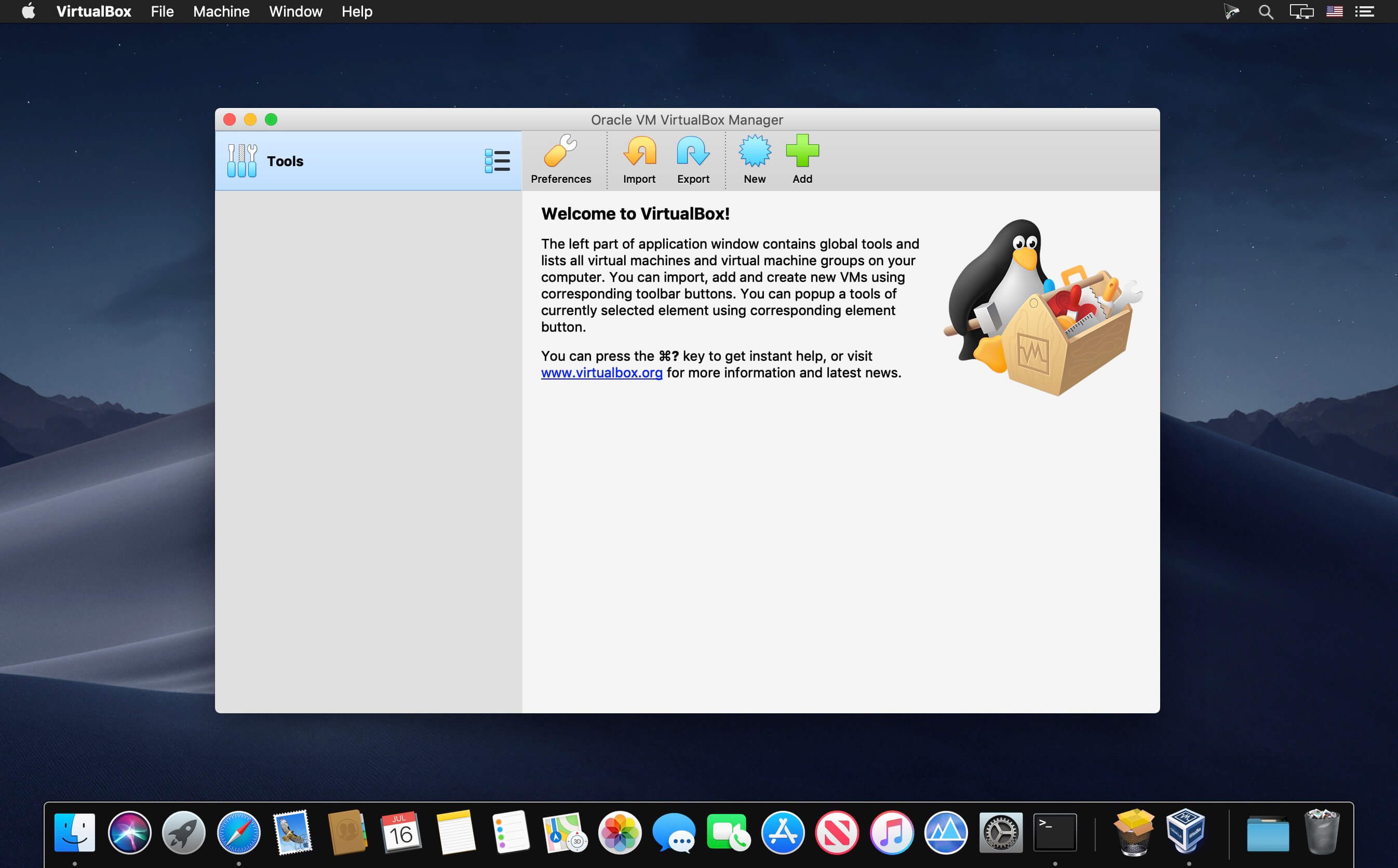
Go into Configuration and, if your mini has multiple drives, add the second local SSD by doing the following:.Before we continue on to setting up the VM, let’s do a bit of housekeeping:.Follow through to the end and hit Complete.Follow through on the NIC screen leaving the settings as is.My users are utilizing 10.8 or 10.9 for their VMs, so this works well.
MACOS SERVER VIRTUAL HOSTS MAC OS X

Select “Create New Virtual Machine” from the splash page.
MACOS SERVER VIRTUAL HOSTS WINDOWS

If you’ve taken my suggestion and used ESXI vSphere 5.5 you’ll be able to leverage your existing netboot server to provision your VMs. Now we need to make it all worth it by getting it loaded up with some nice Mac VMs. If you’ve already been following along (or just got caught up), you’ve got a nice, shiny, bare metal Mac Mini running ESXI vSphere. I also covered the general benefits of using Mac Minis themselves as hosts, and how you too can “get to bare metal,” step by step. Mine works without a problem, and this has been throught several iterations of upgrades.In the first installation of this series, I introduced the higher goal that led me to stripping down and installing ESXI on a Mac Mini: creating long-running Mac environments for teams that needed a variety of different OS virtual machines.

Maybe Strontium can explain why the redirect problem is still there as I have searched, but have not found as yet the reason. If the failure of too many redirects occur on your profile manager, change the SSL port (443) back. Ensure that besides the Zone, A records, C records, DNS (referring to the primary DNS) are all in place. Repeat for the next port as in this file, ie:īut take care not to change the structure.Ĭreate the virtual domains (websites) in the Websites window of server. Library/Server/Web/Config/Proxy/apache_nfĪnd change the lines by substituting the * with the lower IP4 Adress as applicable, leaving the other available for the virtual sites. It is necessary to edit the virtual host ports which are in: If you are not sure how to, ask for instructions. The higher numbered should be your virtual hosts (websites) You can create these 'new' interfaces in Network settings.

If you do need the profile manager, wiki etc running, the lower numbered IP4 interface should be leaved for the default server. It takes ownership of a list of ports on all available interfaces. DNS must be configured correctly, taking in account that with Open Directory and Profile Manager running, Apple has really clamped down on the port settings for server. Virtual hosts work on OS X El Capitan with Server 5.0.15 (build15S4033). It most certainly used to work in previous version of OS X Server. is working correctly and that something is broken with ServerAlias. When I add the root domain for "Domain Name", and then "If I create a second website entry specifically for "it works. Have you tried accessing the second site just by root domain, not with the "However, I just started moving sites to 10.11 last night and noticed that ServerAlias ("Additional Domains") is not working properly. It can supposedly configure virtual hosts - it's just not working for me. Thanks for the response, but I'm not running the server built into OS X (personal web sharing) - I'm running OS X Server


 0 kommentar(er)
0 kommentar(er)
